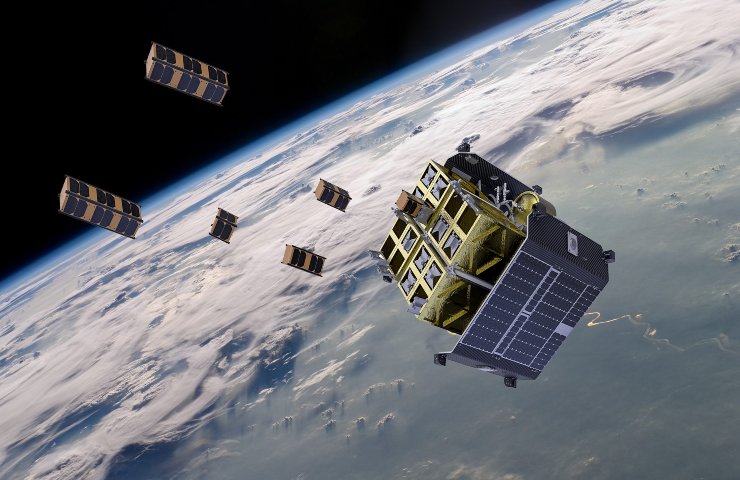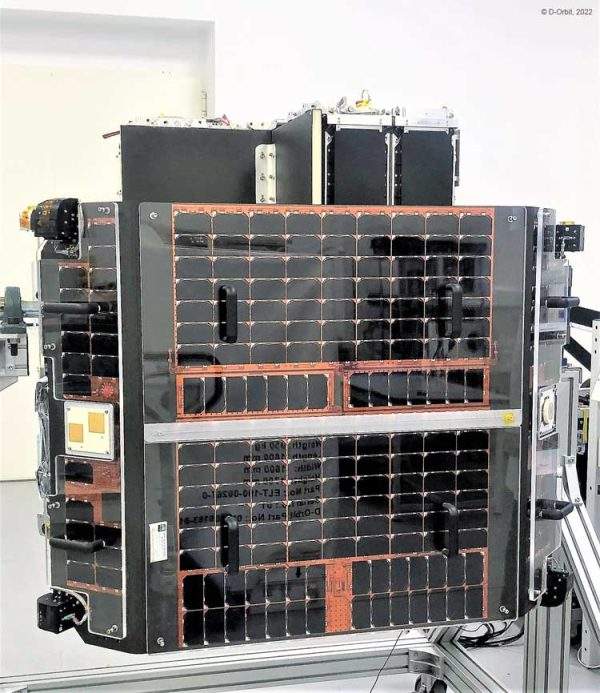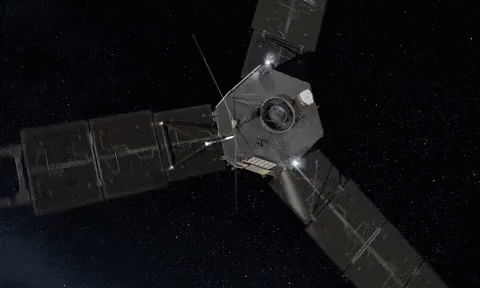AWS in space: how we collect and analyze data in orbit
Only 10 months was enough for
Amazon Web Service
, the global Cloud Computing giant, to test a fast and efficient method to collect and analyze data directly in orbit using the Cloud. Thus, the company announced that it had successfully run a suite of computing and machine learning software on a satellite.

This is a truly amazing result because this experiment has made it possible to analyze huge volumes of raw satellite data in orbit and to transmit to the ground only those most useful for archiving or further analysis. This reduces costs and, above all, makes decisions much more promptly.
But what did the experiment implemented by AWS consist of? In essence, the operation was focused on applying various machine learning models to data captured by the satellite’s sensors to identify specific objects both in the sky, such as clouds and fire smoke, and on the ground, including buildings and ships. Raw satellite imagery and datasets like this are usually quite large. So engineers created a way to break up large data files into smaller ones. Using AWS AI services helps reduce image size by up to 42%, increasing processing speeds and enabling real-time inference in orbit. In short, a truly revolutionary experiment.
To reiterate the importance and essentiality of this experiment is the vice president of
Amazon Web Service
Max Peterson who explained that using AWS software to perform real-time data analysis on board a satellite, and send this analysis directly through the Cloud, is a decisive change in existing approaches to space data management. “It also helps to push the boundaries of what we believe is possible for satellite operations,” Max Peterson said.

Suffice it to say that right now, despite research and technological progress, there are many technical challenges associated with storing and communicating data in space. What is it specifically? First of all, the high latency, i.e. the response time between round trips and the limited bandwidth. Even in this case, however, AWS is doing everything to innovate and overcome the obstacle, such as collaborating with
D-Orbit
and
Unibap
to directly address these challenges that apply to satellite operations. These are two specialized companies, respectively Italian and Swedish, which have already experimented with previous collaborations in the past.
But who are these two companies? D-Orbit is a member of the
AWS Partner Network
and, as we wrote, is an Italian company based in the province of Como. By applying AWS compute and ML services to Earth observation imagery, D-Orbit was able to quickly analyze large amounts of data directly aboard the in-orbit ION satellite
. It allows a mechanical and electrical interface, thus ensuring the integration of on-board experiments and their management from the ground as a subsystem of ION itself.

Sergio Mucciarelli, vice president of commercial sales at D-Orbit explained how customers want to securely process ever-increasing amounts of satellite data with very low latency. “We believe in pushing towards edge computing, and this can only be done with space infrastructure that is fit for purpose,” Mucciarelli said.
Unibap, also an AWS partner, is a Swedish high-tech company, which has created a space-qualified computing payload. The payload was then integrated onto the ION satellite and launched into space. On January 21, the team made the first successful contact with the payload, and executed the first remote command from Earth. And Fredrik Bruhn, chief evangelist in digital transformation and co-founder of Unibap, underlined how his company wants to “help customers quickly transform raw satellite data into information that can be used in seconds, enable federated learning on board for autonomous information acquisition and increase the value of data that is transmitted downlink”.
